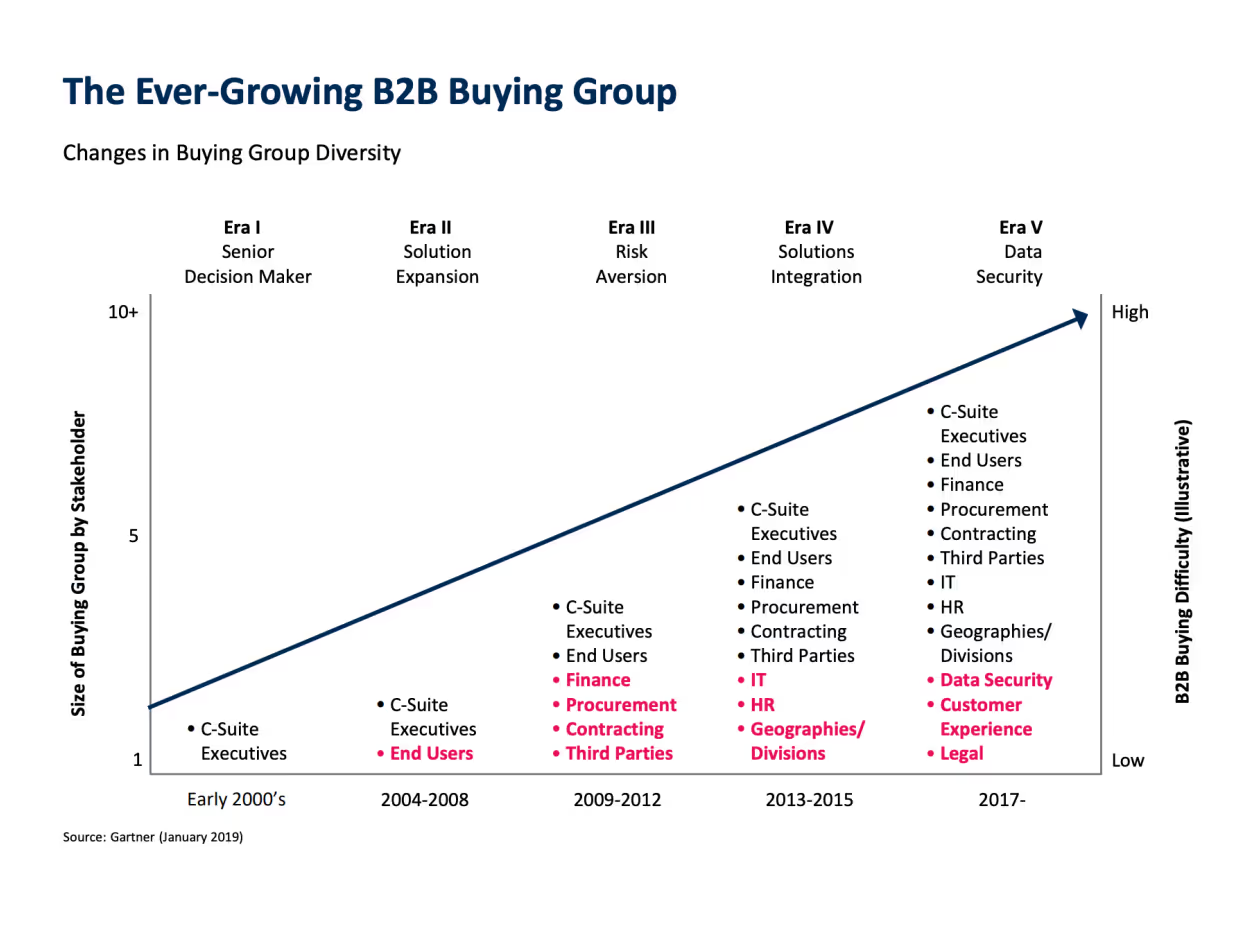In this post you will learn about Mutual Action Plans (MAP), how they're used, and pitfalls to watch out for.

In this post you will learn about Mutual Action Plans (MAP), how they're used, and pitfalls to watch out for.
In the world of B2B sales, a Mutual Action Plan is a shared document (usually a collaborative Spreadsheet or Doc) that outlines how a Selling and Buying organization will solve a problem together. If successful, the Buying organization overcomes an important challenge, and the Selling organization wins new customer.
There are many best practices around how to use a MAP. Here are a few common tactics we see our most successful customers follow.

The Mutual Action Plan (MAP), or just Mutual Plan (MP) for short, goes by many names. Almost all sales professionals are familiar with the idea of a MAP by one name or another, but for the sake of education here is a list of common names.
There are many trends in B2B sales that are increasing the popularity of MAPs. It seems like the two most common names used are Mutual Plan (MP) and Mutual Action Plan (MAP).
Technology solutions are more complex than ever. This means more stakeholders are needed with specialized skills (Engineering, Product Management, Legal, Finance, Security, etc.). This leads to longer timelines, greater expense for both parties, and a serious opportunity cost.

The overwhelming complexity of solutions today makes it necessary for better organization. It's hard to think of any other multi-month project (with dozens of stakeholders) not having a dedicated project manager and system of record. Most of the time the Account Executive (AE) and the Project Lead at the buying company are left to fill this role. These overworked stakeholders quickly realize the benefit of collaboration and organization of a joint plan. Sales Leaders have caught on, too. If you have ever tried quarterbacking an enterprise deal over email (or even a SMB opportunity) you have felt the pain of sorting through 50+ email threads and their associated attachments.
It's hard to find a Sales Leader who doesn't believe in the power of Mutual Action Plans. So why do so few Sales Orgs use them? It comes down to a few pitfalls that result in poor AE adoption and buyer engagement. The two biggest reason for this are:
Problem #1: The Unprepared AE
We see this time and time again. AEs are asked to sell in a new way without proper training. Using a MAP demands that a AE collaborate with their buyer as a partner. Sometimes this involves asking a buyer to do work and not moving forward until they complete a deliverable. Despite having a reputation for big egos, many sales reps are afraid to ask their buyers to do work. For a Sales Org to leverage MAPs reps must be taught how to collaborate with buyers, and avoid the reflex to simply take orders and answer questions.
Problem #2: Lack of Collaboration
In my all-time favourite book, "How To Win Friends and Influence People", Dale Carnegie proclaims, “You can make more friends in two months by becoming interested in other people than you can in two years by trying to get other people interested in you.” The same concept lends itself to MAPs – and honestly every other facet of sales. By focusing on the buyer, their problem, and their organization, and getting their input and ideas, you will dramatically increase engagement. If a MAP is not customized with your buyer's input they will not want to engage. You want to collaborate on a plan to work together. You don't want to force a long list of to-dos.
Ross and I have spent our careers obsessing over Mutual Action Plans and Customer Collaboration. Please reach out if you ever want to jam out on creating a collaborative and repeatable sales process .
Happy selling,
Ryan